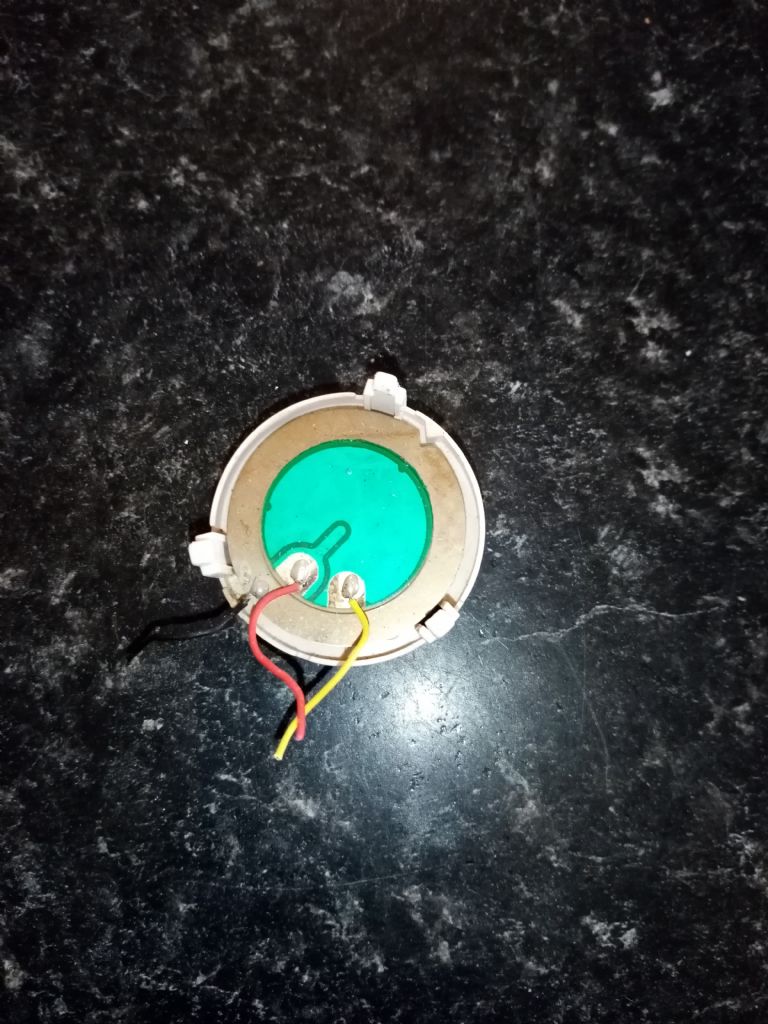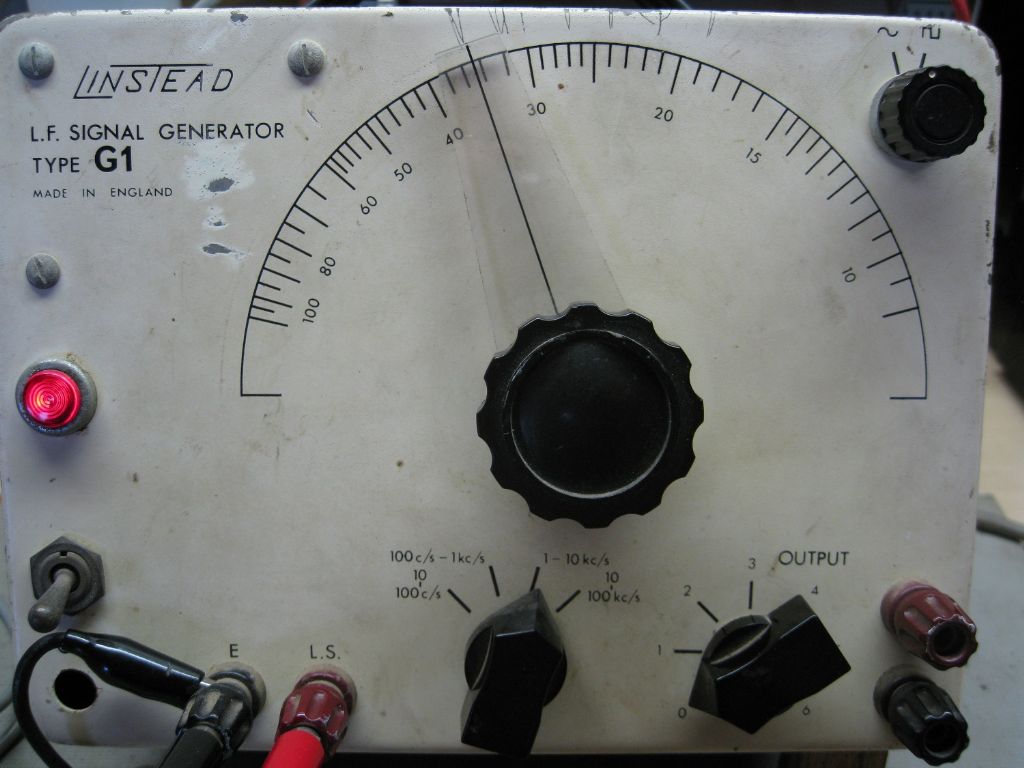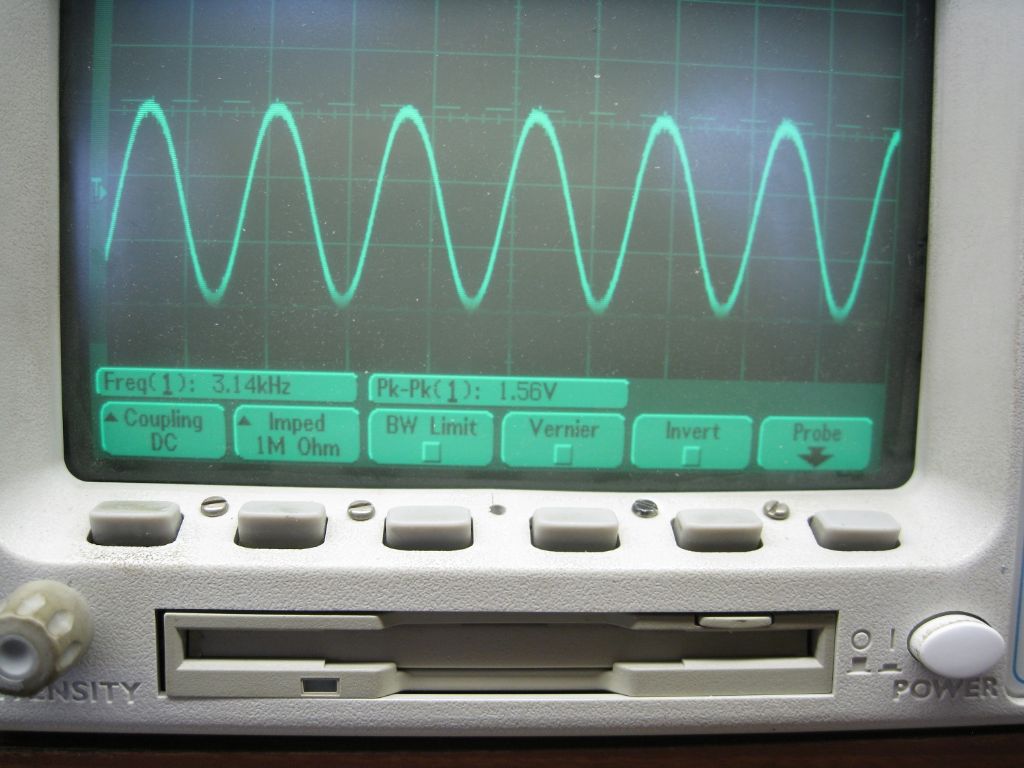Either the Piezo is duff or the transistor is duff or not being turned on Duncan. Knowing what you dabble with, I am sure you took care of sufficient drive to the Base, via series resistor to the base…1K or so…
I used an old Linstead English Valve audio gen to do this..
Sig Gen set to 1-10kc/s (!) range, output set very low – 1.56v PK-PK on the scope – Freq at resonance approx 3Khz.


Check the video and its noise…
EDIT – Square wave setting on sig gen resulted in maybe 50% drop in perceived sound amplitude – PK-PK voltage was the same as the sine setting on the 'scope. Also tried the OC transistor – it did not work – when the transistor turns off, the voltage across the disc remains – there is no discharge / reversal so the piezo does nothing – it cannot bend opposite as there is no voltage plus/minus swap – the next transistor turn on just replenishes the charge on the piezo. ( like charging a capacitor, since that is what it is..)
Its not like a voice coil speaker which has a mechanical spring built in to return it to a zero position ( the cone, etc). The peizo element is a high impedance, except at resonance, and a charge applied is maintained for some time – it dissipates slowly compared to the period of resonance, so the piezo remains 'bent' in one direction, till you discharge it, charge it in opposition, or leave it for some |miliseconds| …
Edited By Joseph Noci 1 on 13/04/2022 08:06:12
duncan webster 1.







